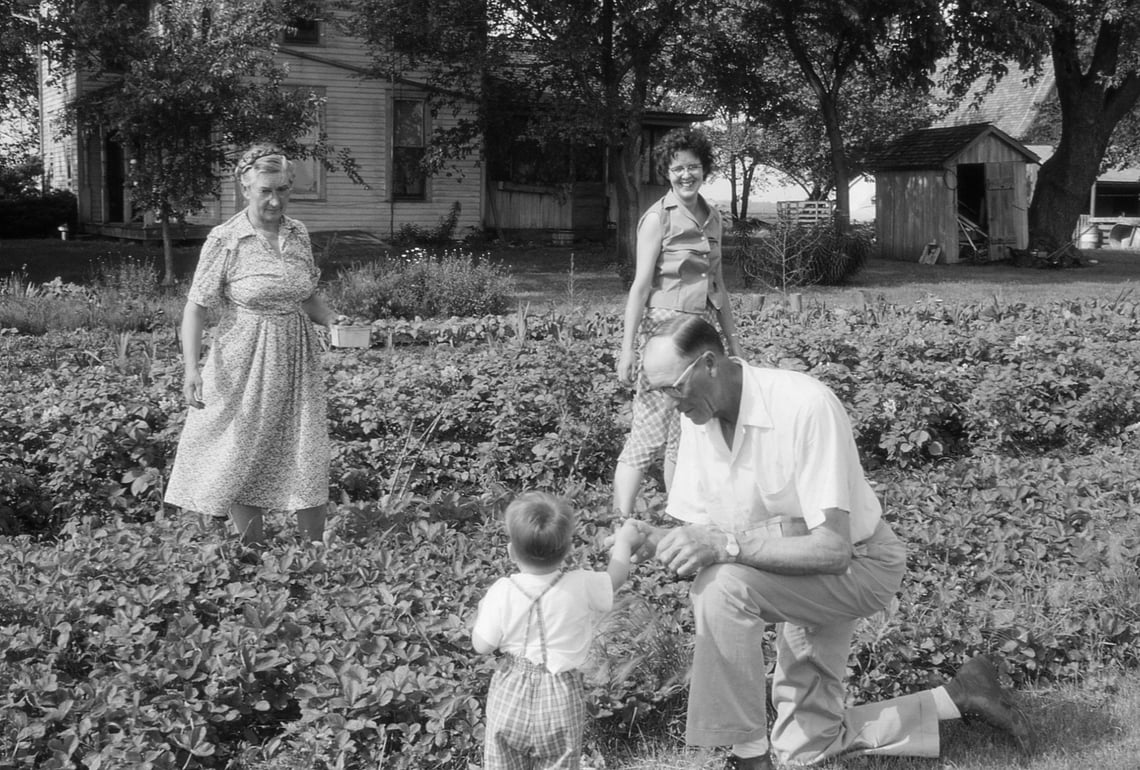Victory gardens were essential during war times as a means of providing food, community, and security to over 20 million Americans. Today, those gardens are making a comeback! Catherine S. Pond shares how you can start your own victory garden amidst the COVID-19 pandemic.
In this pandemic we are combating an unseen and virulent enemy.
In World War I & II, when human enemies and ideologies were fought worldwide, Americans were called to preserve, conserve, and ration all goods and food supplies, including purchased canned goods (and before frozen foods were more prevalent).
By the end of World War II, 40% of food was raised in such gardens by 20 million Americans on plots of land not much bigger than a suburban backyard.
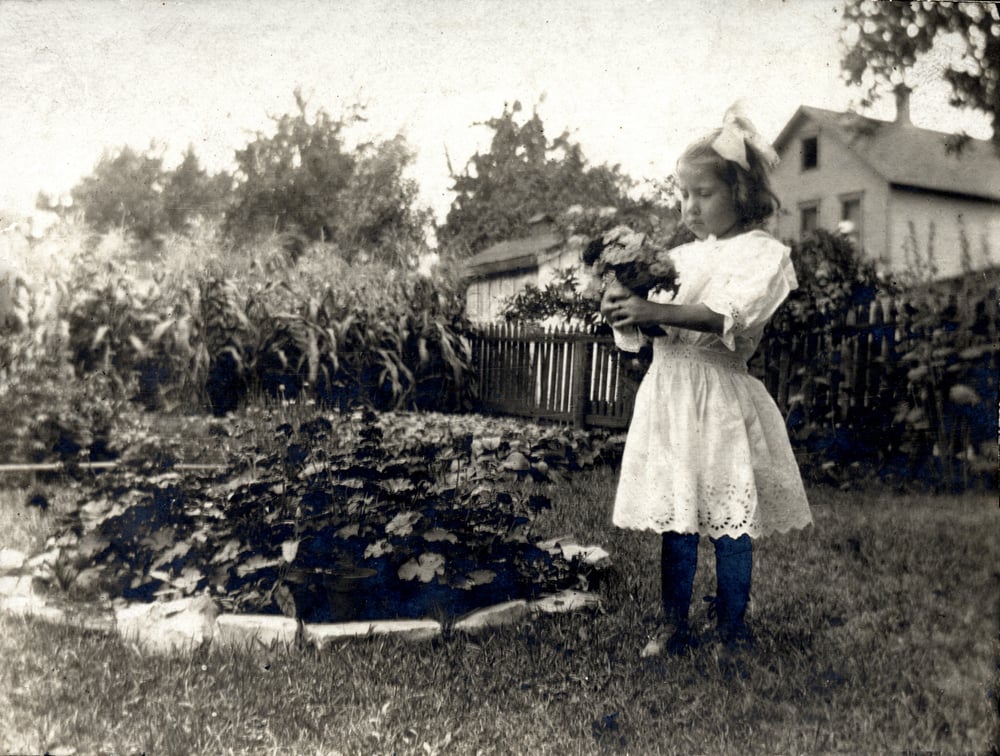
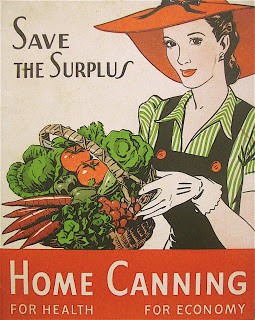 Today, many are again leading the charge to take a small bit of earth and grow their own food
Today, many are again leading the charge to take a small bit of earth and grow their own food
As in our past war times, the uncertainty of the pandemic affects everything in small or large measure and the ability to grow one’s food provides reassurance while economizing the family food budget. What you can’t have fresh from your own yard, you can preserve for other seasons.
As far as planting a “Victory Garden,” the timing of the pandemic in our North American spring is pitch perfect.
Here in southern Kentucky we are blessed with a long growing season which can begin in March and go through the first frost, which is often in late October.
We have my two sons and their lovely girlfriends with us for the duration (perhaps through the summer) and they eagerly wanted to plant a garden together.
The raised beds were moved (former cattle water tanks) for flowers and herbs elsewhere, we moved a small garden shed and clothesline to new locations, and where it all once was we put in a 20 x 50 feet garden with almost all-day sunshine, access to water, and in close proximity to the house.
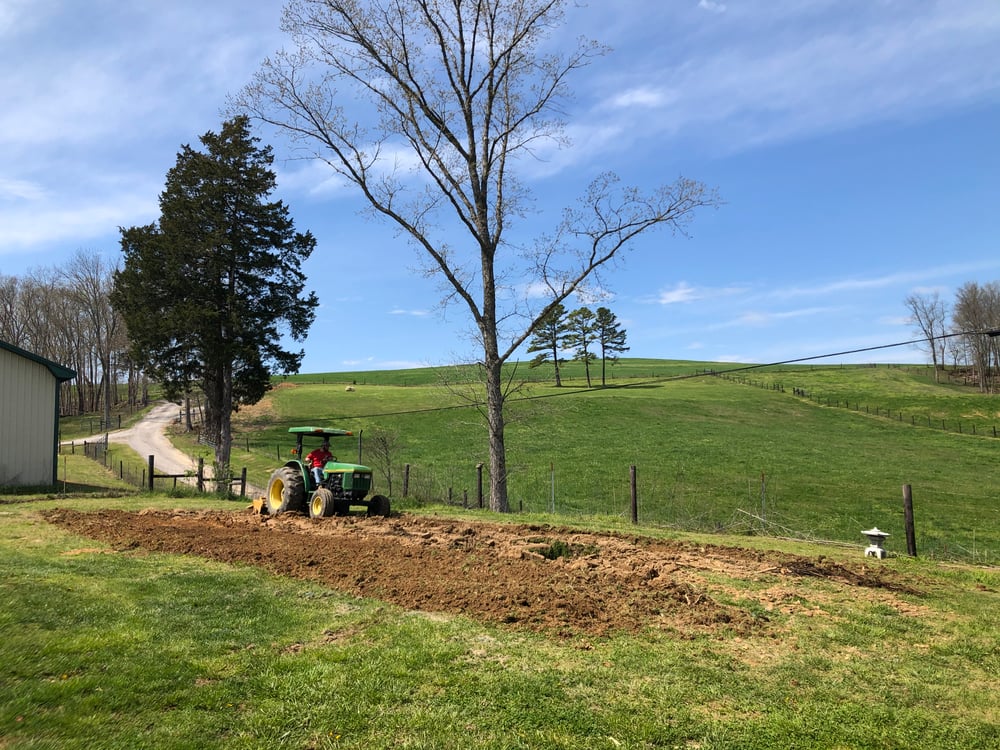
My husband even found a pile of forgotten manure which had composted into a lovely black silt (“garden gold,” my maternal grandmother used to call it).
Plans were drawn, seeds purchased (on-line), and a greenhouse grab was made.
There are still seed companies with availability and if you go to a garden center early in the day, if open in your region, it is a fairly easy place to social distance and purchase seeds and supplies.
The other day when I went to get some tomato and pepper plants—my first trip off-ridge in almost two weeks—I waved at another woman a few rows over who said, “Isn’t this the best thing to be doing right now?” “Yes indeed,” I answered.
Gardening Fosters Independence and Confidence During Hard Times
In 2008, right after the crash that triggered our last recession, Michael Pollan, best-selling author of "The Omnivore's Dilemma" and "In Defense of Food", advocated the following steps anyone could do to cast out fear and reclaim a sense of power during hard times.
- Plant a garden (or rent community garden space).
- Cook. Declare your independence from the culture of fast food.
- Invest more time in food. Cooking has become a spectator sport...if you would invest the time you spend watching cooking shows in actually cooking, you would find you have plenty of time to put food on the table.
- A freezer is a good investment. Pollan sees this as a "cost effective" investment and advocates hunting in overpopulated wild herds and raising one's own grass-fed meat and eggs. And you can order one on-line and it will be delivered from most box stores.
To these I would also add:
- Learn how to preserve foods that will not require electricity to store them. To this end one could also install a root cellar. The Mennonites and Amish are experts at canning and food preservation and are only replicating what has occurred on farms for generations, especially before rural electrification.
So, what can you do right now to start your own “Victory Garden”? Here are some easy steps:
- Locate a bit of earth in your yard that gets at least eight hours of full sun each day OR, if space is limited and you have a sunny porch, order/purchase pots or planters and potting soil (plastic is fine and right now mail order is your friend), or use galvanized cattle tanks for raised beds (most farm supply stores have them and will likely deliver).
- Ideally, remove the sod (but this can be laborious) with an edger tool. Shake off as much dirt as possible before discarding the grass. If you don’t have access to a rototiller, this step is essential.
- Add generous bags, or piles, of composted manure and work it into the soil. If lucky, you might know a farmer who would deliver some for you but you can also purchase bags.
- Sketch your plan out on a piece of paper, allowing 2 feet between rows.
- Plant what you love to eat. Some easy starts for first-time gardeners: radish, spinach, lettuces, summer squash and zucchini, cucumbers, peppers, and tomatoes (with a bit more TLC on those). This is also an excellent time to invest in heirloom seeds which can be saved from year-to-year.
- Consult the abundance of websites for your region’s planting calendar, growing tips, etc.
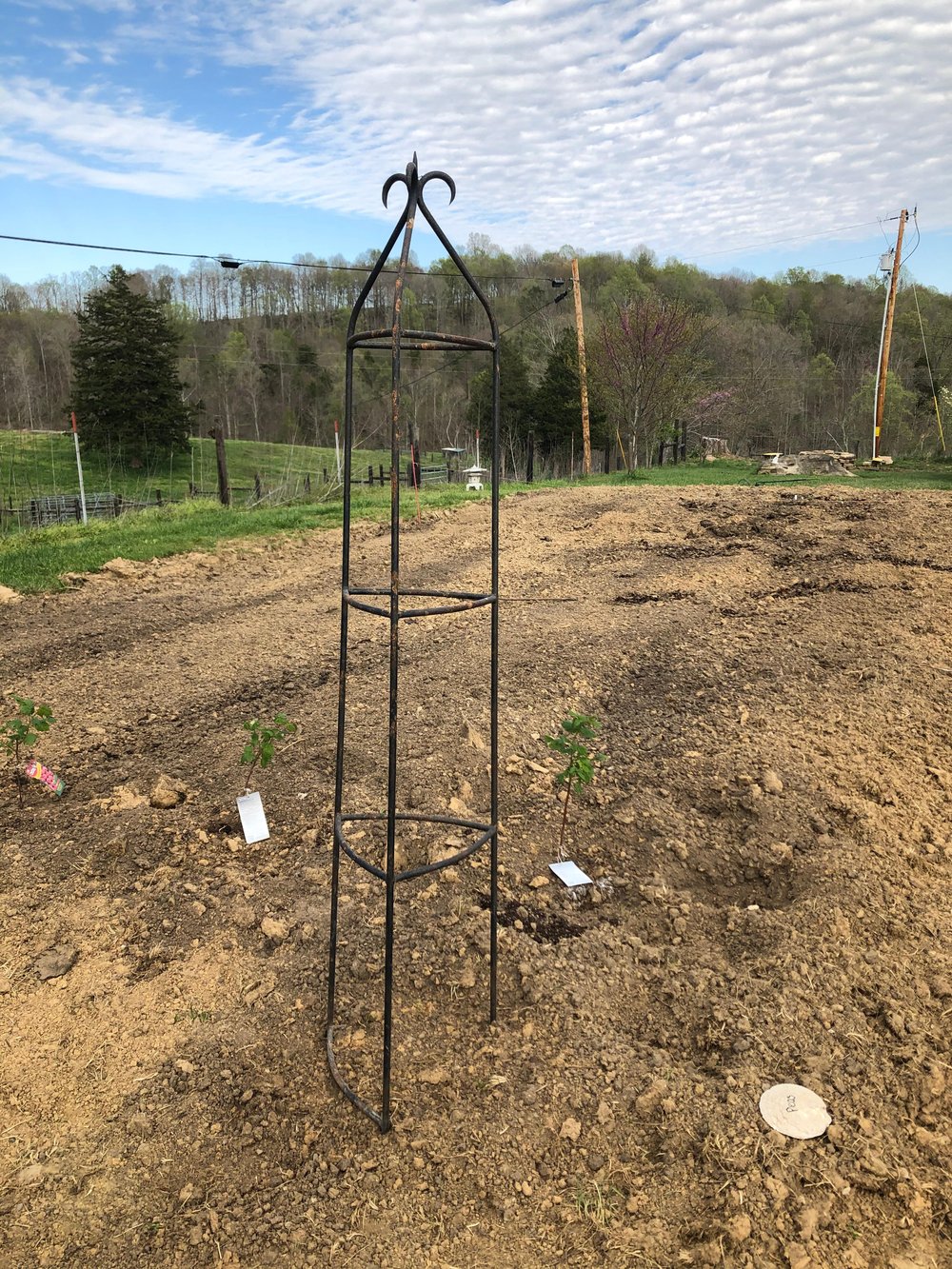
Gardening is an empowering way to actively engage in feeding yourself and your family and, as Pollan cautions, as "preparation for the world we may find ourselves in."
Here we are, twelve years later, and his advice still holds
Here in Kentucky most everyone who has any patch of land, large or small, has a family garden. Our Mennonite friends and neighbors certainly do and I have learned much from them. Canning and preserving are ways of life and have been forever.
 In recent years I have become complacent, preferring a good stock-up sale on canned goods to putting food up ourselves. But now we’re dusting off the canning jars, making room in the freezer, and gearing up for a season of bountiful harvests ahead. What we can’t grow ourselves we will find from local farmers with whom we’ve cultivated good relationships through the years: berries, corn, melons, and other affordable edibles in abundance.
In recent years I have become complacent, preferring a good stock-up sale on canned goods to putting food up ourselves. But now we’re dusting off the canning jars, making room in the freezer, and gearing up for a season of bountiful harvests ahead. What we can’t grow ourselves we will find from local farmers with whom we’ve cultivated good relationships through the years: berries, corn, melons, and other affordable edibles in abundance.
Local farmers—now more than ever—need our support, too.
And a garden, if nothing else, provides solace, a place to “socially isolate” from the family for a bit, and to distract us from everything else in the world.
Right now, putting in your own pandemic Victory Garden is an essential win-win.
For more information on the the history of Victory Gardens: Smithsonian Libraries: Gardening for the Common Good


